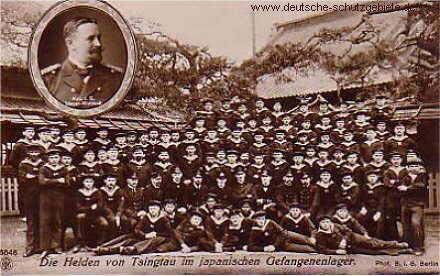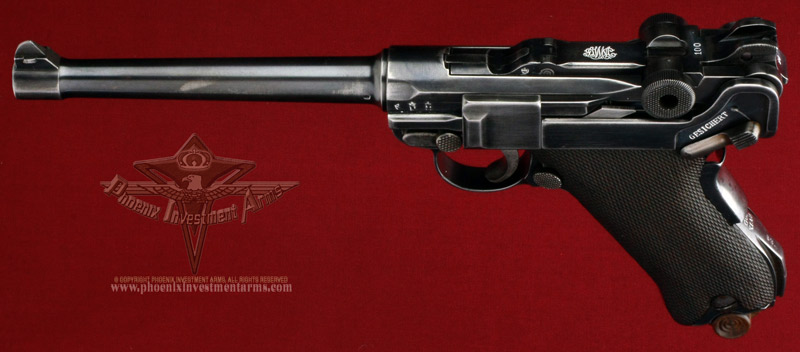Prussian army Generalleutnant Albrecht von Stosch ended the practice of placing marines aboard warships. Instead he adopted a concept that became known as Infanterieismus. He would train seamen as naval infantry, qualified in using small arms and competent in infantry tactics and amphibious operations. That approach would position the Seebatallion as a compact, self-contained organization, roughly equivalent to the British Royal Marine Light Infantry. Enlargement of the battalion to six companies allowed a reorganization and the transfer of half of the battalion to Wilhelmshaven to form the II. Seebatallion. Both battalions were then increased in size to four companies. Scheduled exchanges of officers from the Prussian army brought current tactical thinking to the sea battalions.
Archived-NOT FOR SALE
1906 Navy Gouv Kiau 1st Issue Altered
PHOENIX INVESTMENT ARMS -
PREMIUM COLLECTOR LUGERS
Genuine German
Luger - Largest Variety of Lugers Offered
Home | Post WWI DWM | Erfurt Lugers | Mauser | Simson Suhl | Krieghoff | Vickers, Ltd | Swiss Bern | Other Guns
Bottom of Page
 |
|
This is a 1906 DWM (Deutsche Waffen und Munitions Fabriken) 1st Issue (Altered) Imperial Navy. This piece is a 6 inch (150mm) barreled 9mm Parabellum with the Navy adjustable rear sight and matching Navy magazine. The DWM monogram markings appear on the 1st toggle link and the extractor is marked 'Geladen' (Loaded). This example has all matching serial numbers. The thumb safety is marked "Gesichert" and when exposed (safety down) means safe. This is a very rare gun that bears the unit markings of the III Sea Battalion from Cuxhaven and assigned to the German Colony Tsingtao, China (1440) |
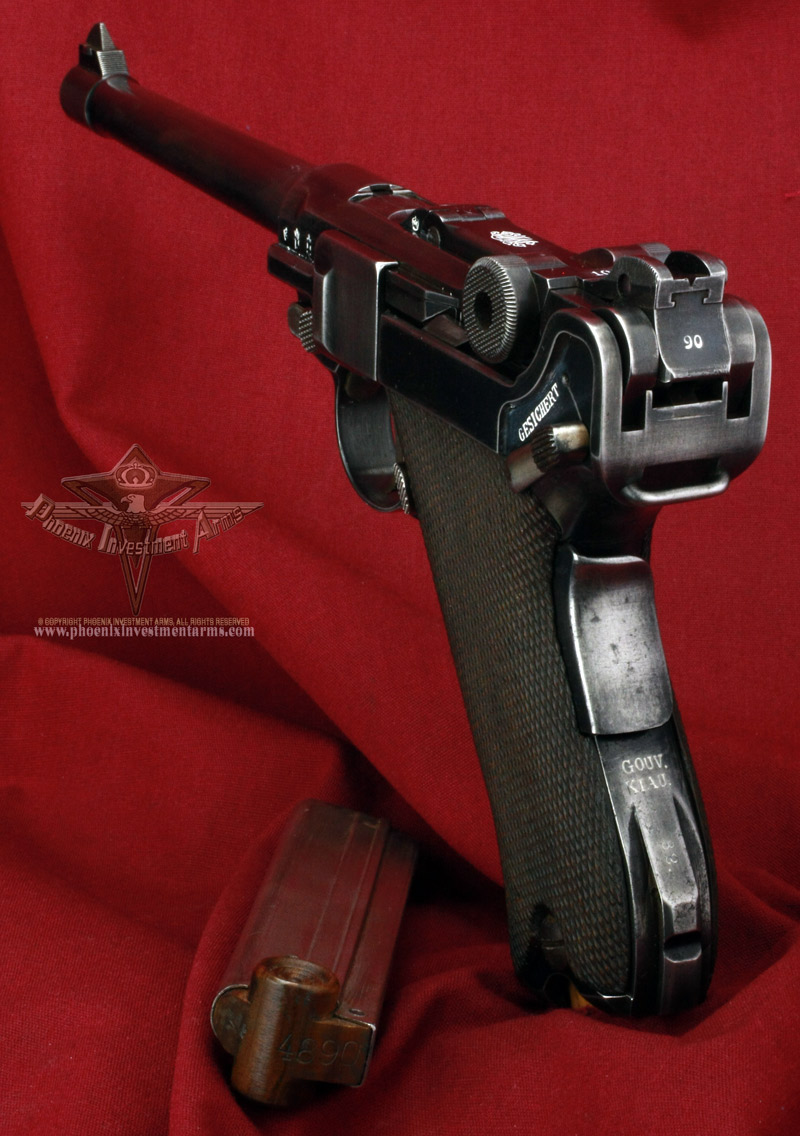 |
|
NOTE: Photographs taken today with the high mega-pixel camera show more than we sometimes can see with the human eye. Magnified close-ups show us tool marks and natural surface conditions that one normally doesn't see in the ordinary handling of the weapon. Photographs are copyrighted, all rights reserved, any extraction, reproduction or display of gun pictures without the express consent of the Phoenix Investment Arms is strictly prohibited. Thank you for your cooperation. |
|
In August 1904 the German Navy underwent testing of 5, 9mm Selbstladepistolem Model 1904 from DWM. The trial was successful and in September 1904 the Navy asked the Kriegsministerium to order 2,000 Model 1904 navy pistols as soon as possible. Thus began to first acceptance of the 'Luger' by the German military. The 1904 Navy incorporated the new coil mainspring, the new extractor with the loaded-chamber markings. These "improvements" were underway during the testing an acceptance of the navy model. |
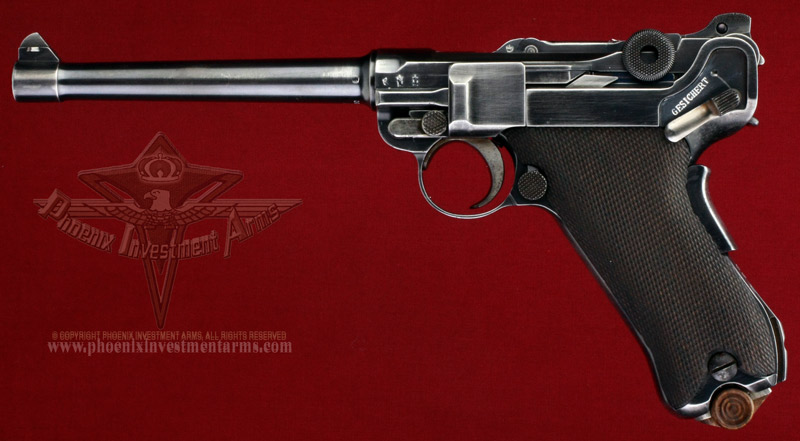
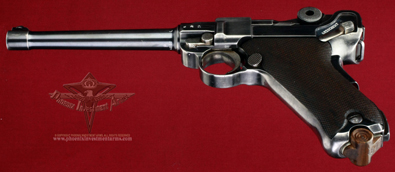
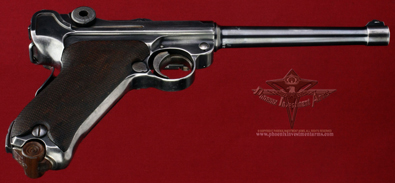

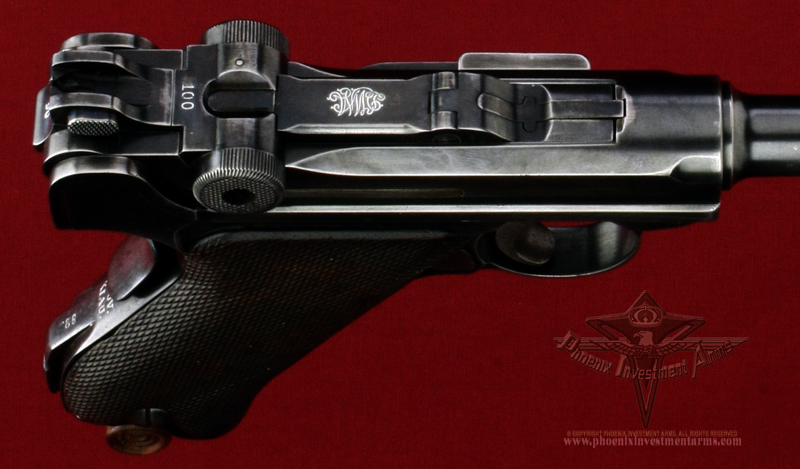
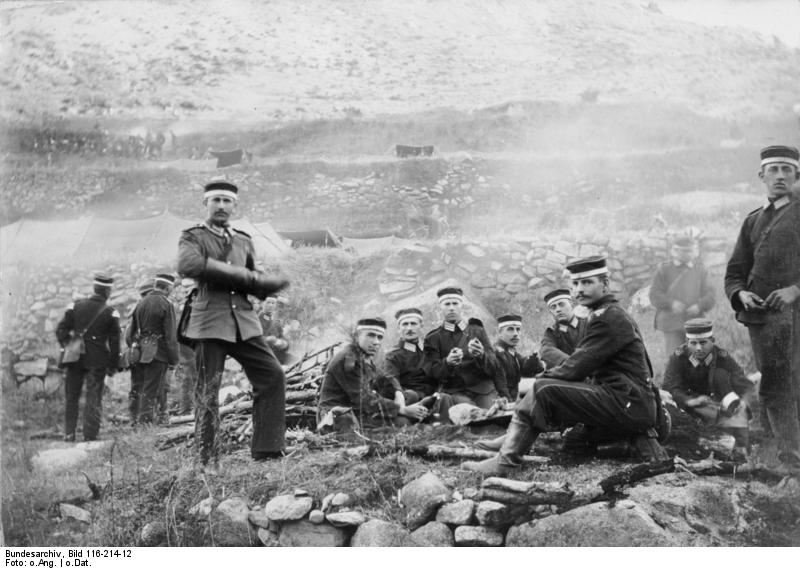
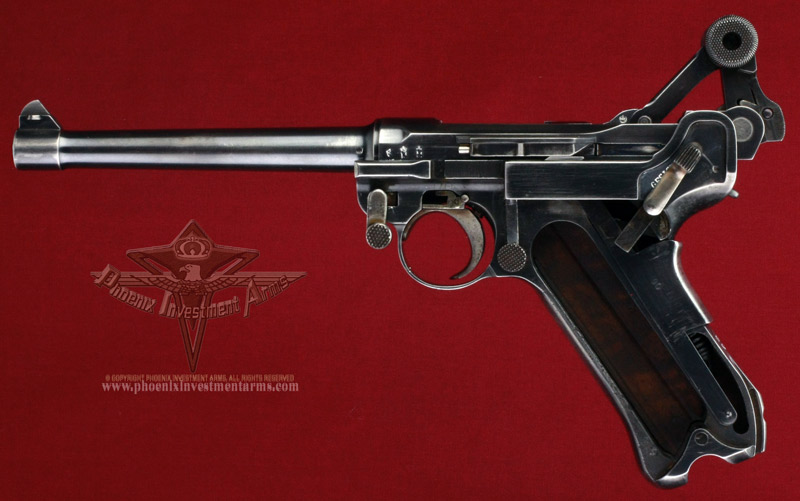
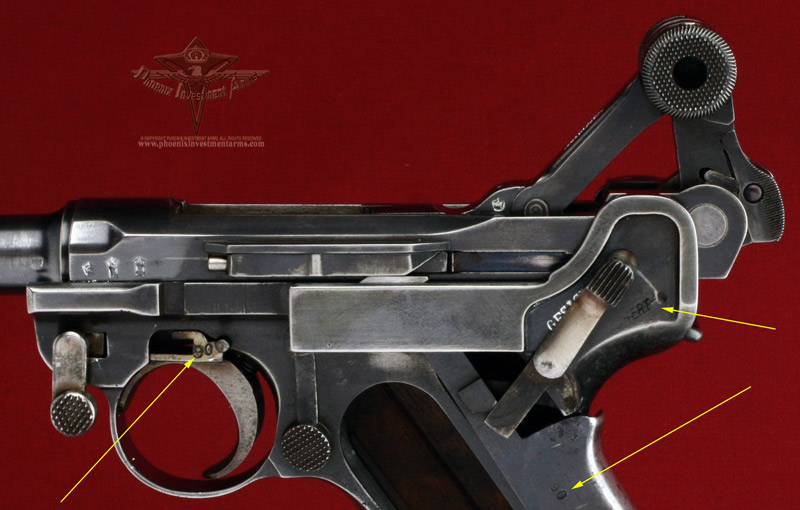
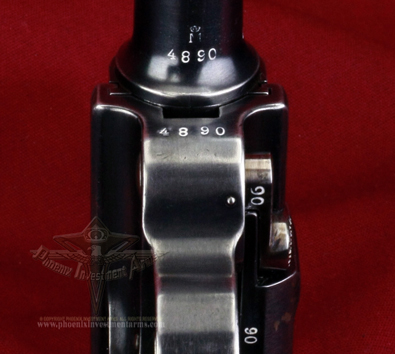
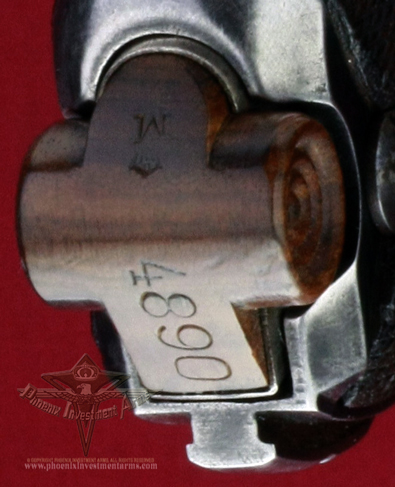
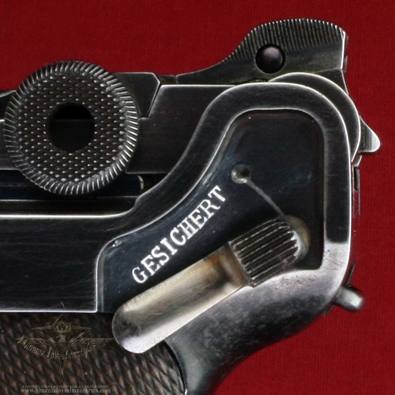
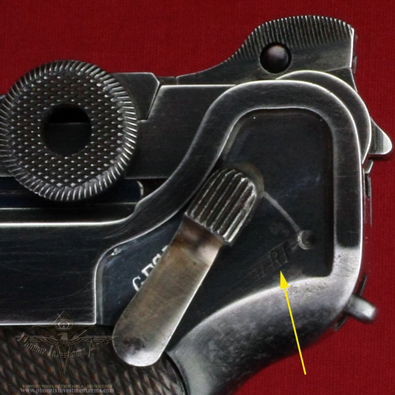
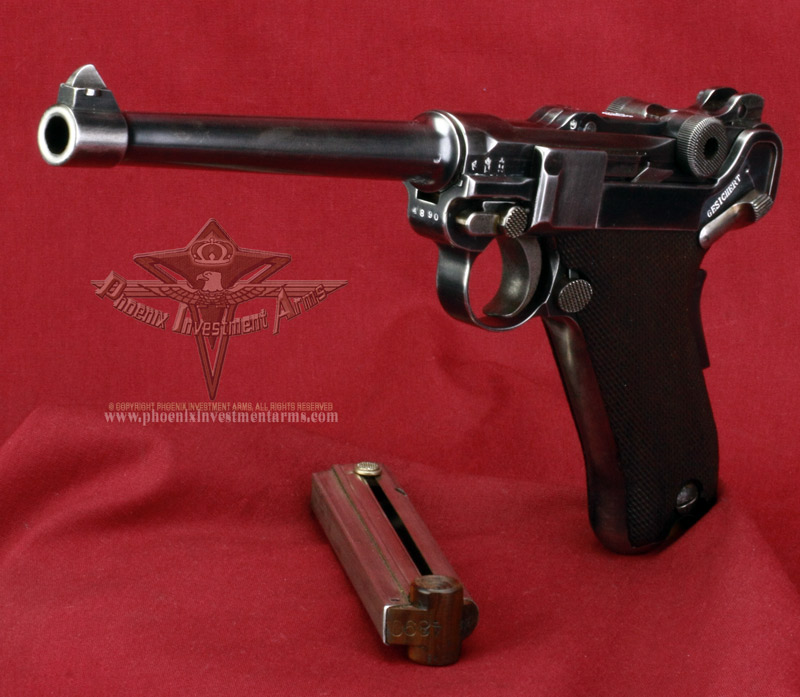
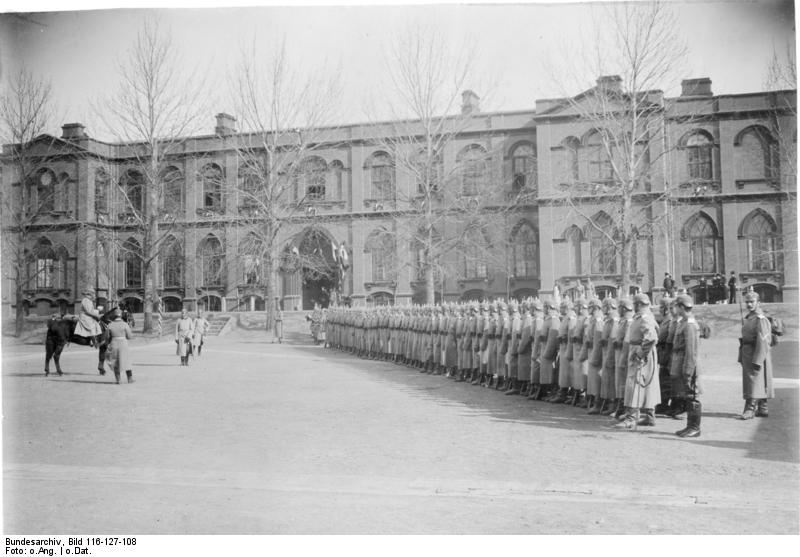
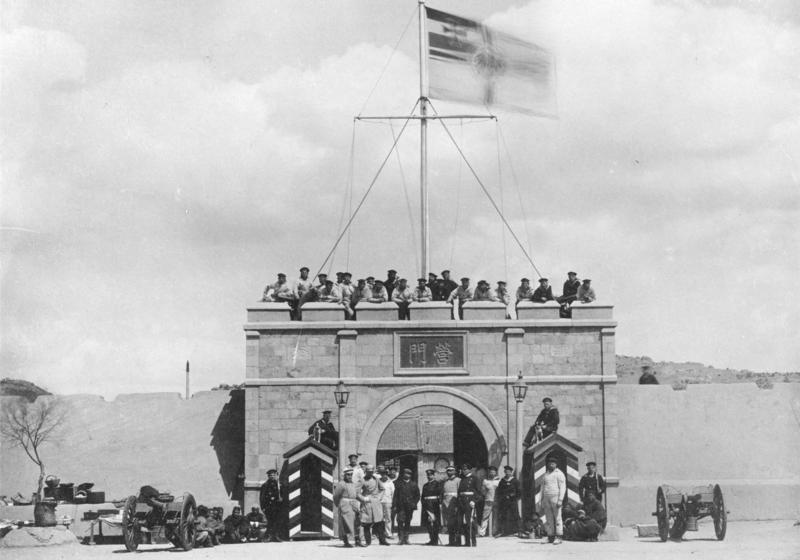
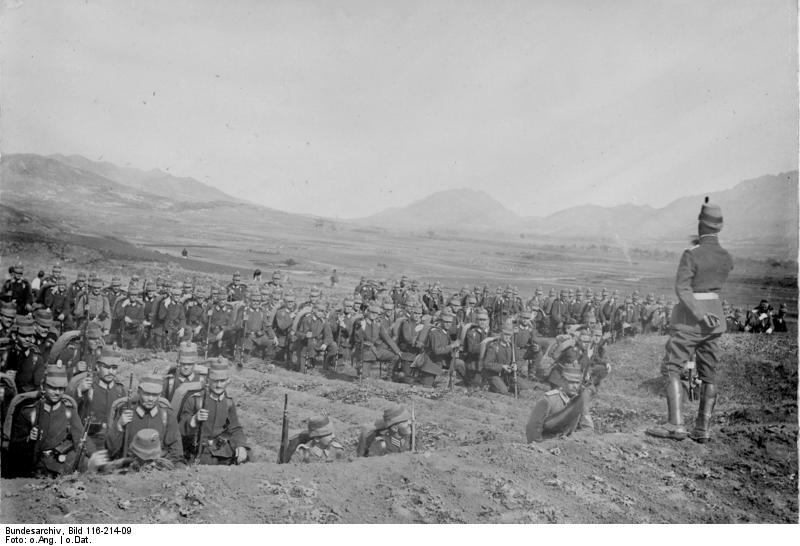
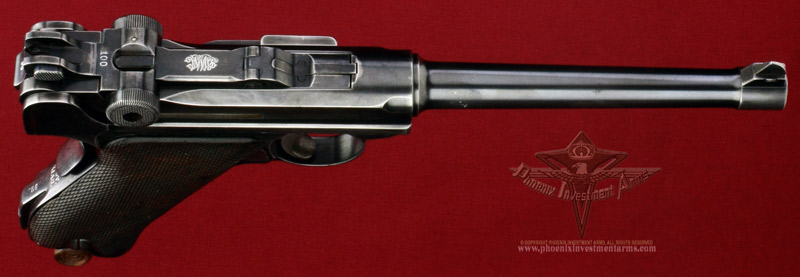
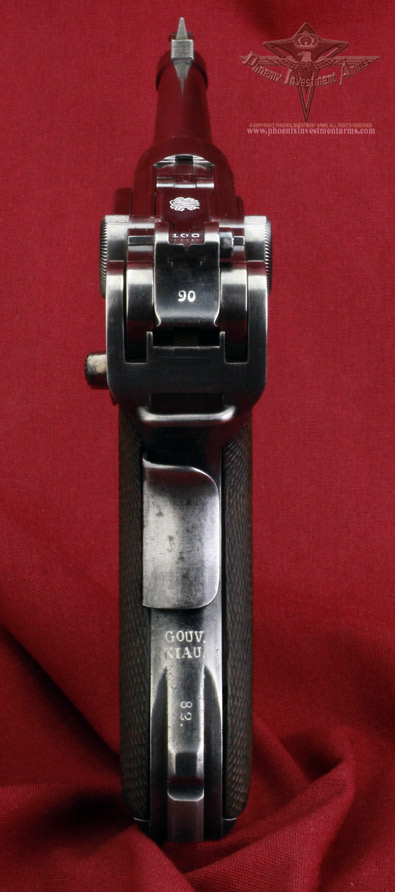
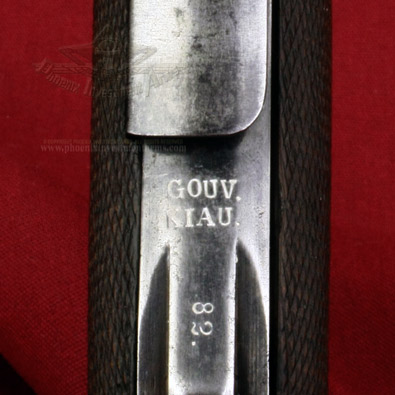
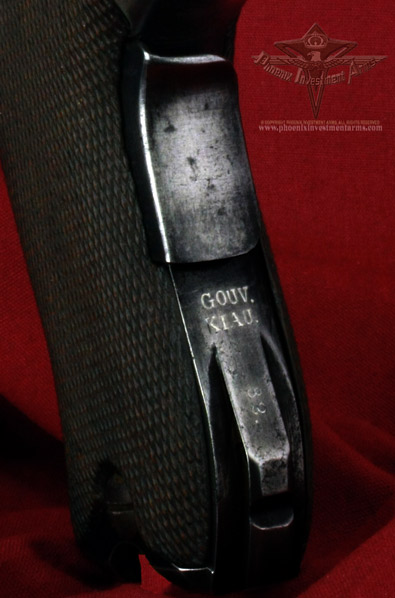
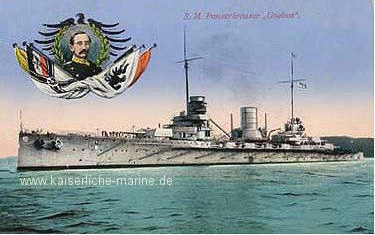


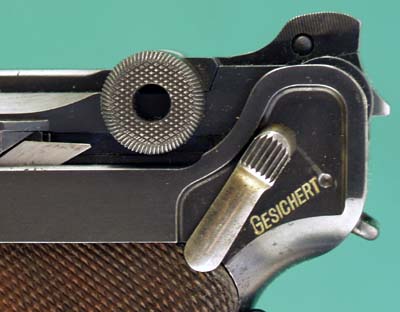
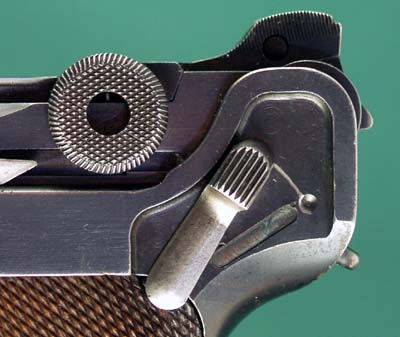
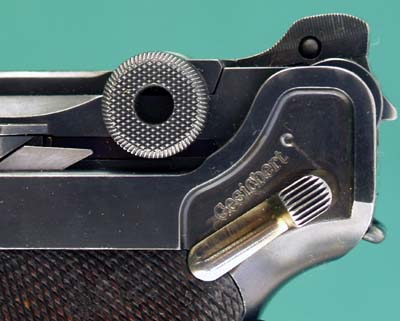
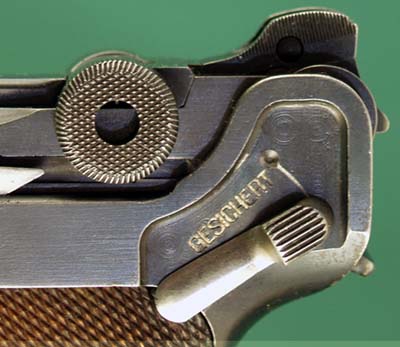
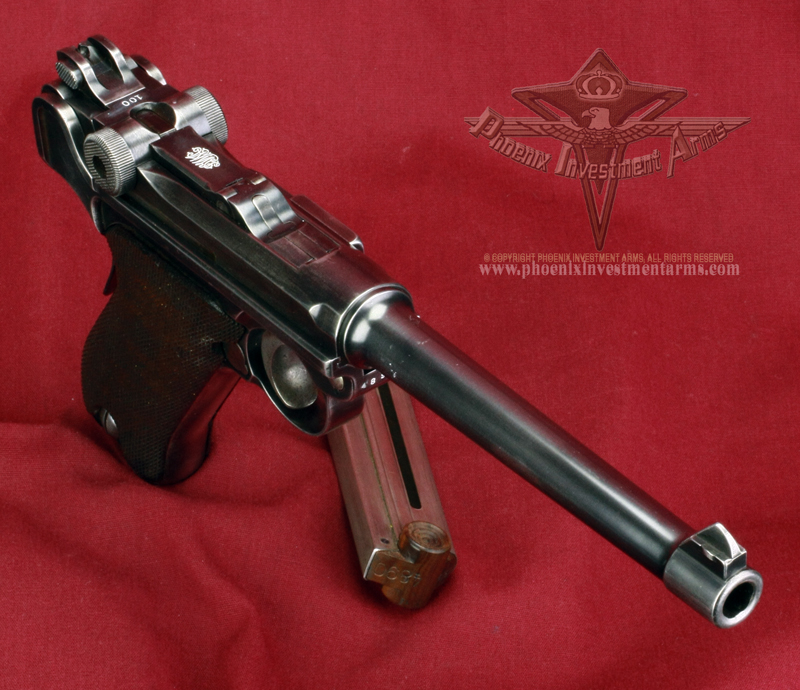

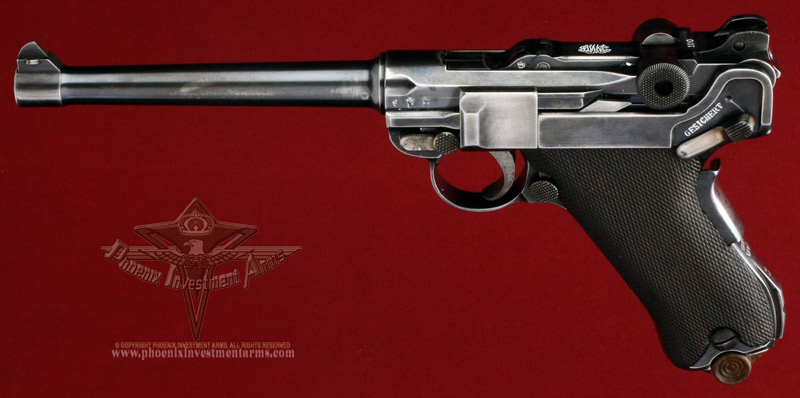
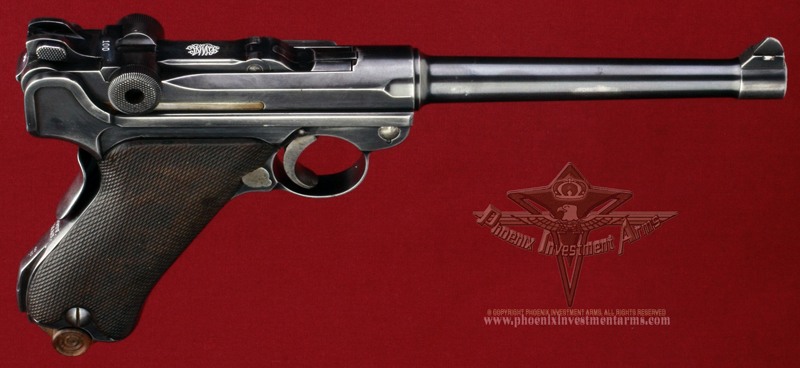


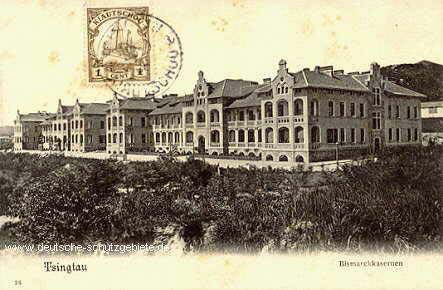 Above
Left:
German Post Card with a picture of the III
Seebatallion
Above
Left:
German Post Card with a picture of the III
Seebatallion
